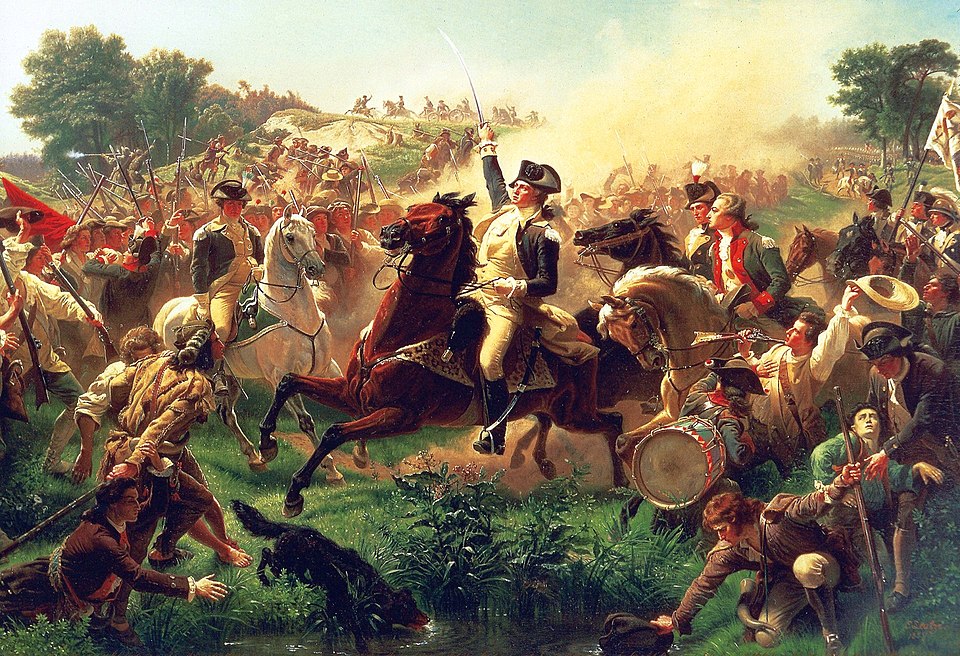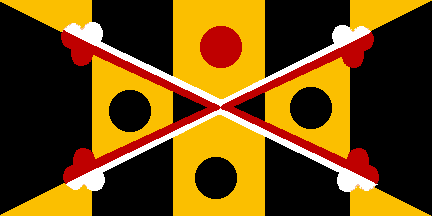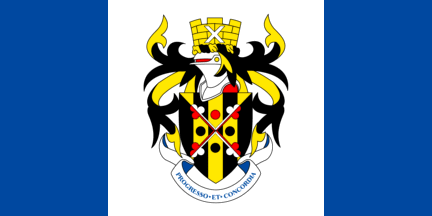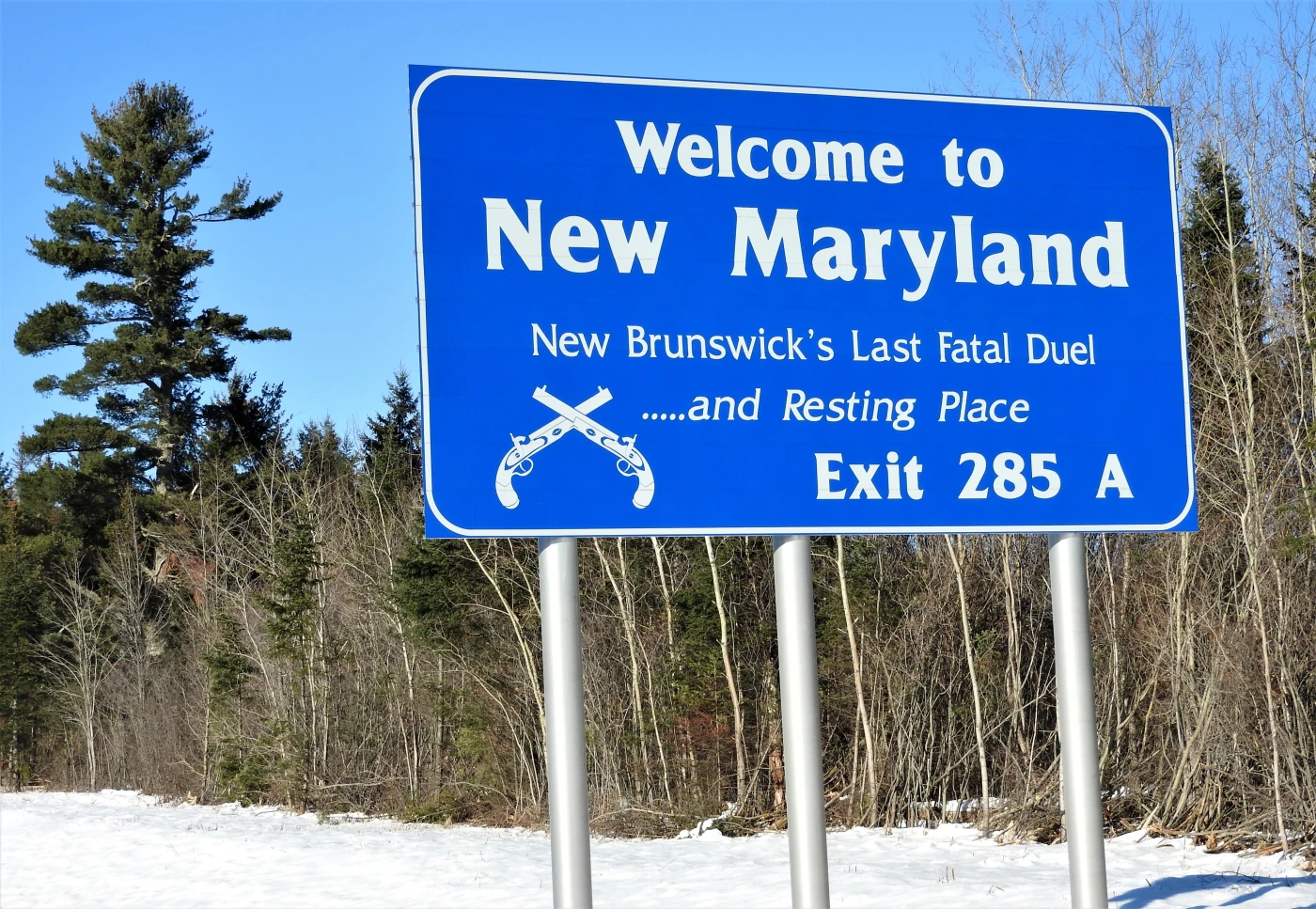As our neighbors to the north pause to celebrate Canada Day today, the descendants of former Marylanders will also join in the festivities – all thanks to changes wrought by the American Revolution.
In popular culture, the American Revolution is often portrayed as a battle between truth and reason on one side (the American side) and monarchy and arbitrary law on the other (the British). It is also often portrayed as if nearly every American colonist quickly joined up with the cause of American Independence.
Of course, the real story is far murkier than that version.
All throughout the colonies, there was widespread disagreement over the cause of independence. Patriots (favoring independence) and Tories or Loyalists (who favored allegiance to the crown) famously battled in the streets, in the press, and in the countless taverns and inns that doubled as hotbeds of political thought and debate.
In Maryland, the debate raged as hot as elsewhere.
George H. Steuart, of Annapolis, is one example of the type of Maryland colonist who resisted independence and favored remaining loyal to the crown. Steuart, a native of Scotland, emigrated to Maryland in 1721. Fluent in both English and Gaelic, he was the beneficiary of patronage and was appointed to several colonial offices that helped to establish him as a wealthy landowner near Annapolis. Serving terms as Mayor of the city, he along with many other wealthy landowners had much to lose both here in the colonies and back in the British Isles should the revolutionaries succeed. As a result of his extensive business interests, he opposed independence and instead returned to Scotland, leaving his American lands to his wife. At age 75, he was just too old to be a rebel and remained loyal.
For other loyalists who could not afford the voyage home, their fate could be far worse. In 1780, in retaliation for the seizure of the Colony of Maryland’s stock in the Bank of England, the Maryland General Assembly voted to seize and sell Loyalist and British property in Maryland. As a result, in places like Frederick Town (now Frederick), Maryland, many undeveloped lots in the community were seized and later sold, causing enough of a change that it prompted the town to produce an entirely updated plat map in 1782. Elsewhere around the state, the seizure was as if not more significant – taking tens of thousands of acres in one fell swoop.
As the revolutionary crisis deepened, some loyalists not only chose just to oppose independence, but they also took up arms in support of the British cause. In Maryland, The First Battalion of Maryland Loyalists famously enlisted to support the crown, seeing action limited action at the Battle of Monmouth (1778) before departing for Pensacola, then located in West Florida, to fight the Spanish, who were allied with the Americans.

After the war’s conclusion in 1783, the remaining soldiers of this Maryland Loyalist Battalion were transported, now as refugees, to Nova Scotia, Canada. Shipwrecked upon their stormy arrival, the loyalist survivors resettled near Fredericton, New Brunswick. Roughly a generation later, in 1817, their descendants, still proud of their Maryland past, established a town near what was called, “Maryland Hill” and named it New Maryland, New Brunswick.


With a flag and coat of arms remarkably similar to their former colonial home, today the community is as classically and authentically Canadian as the next – but in name, history, and design – still shares a deep connection to Maryland.
On this Canada Day, we celebrate these loyal Marylanders and their little piece of New Maryland they established some 900 miles north of the place they once called home.

